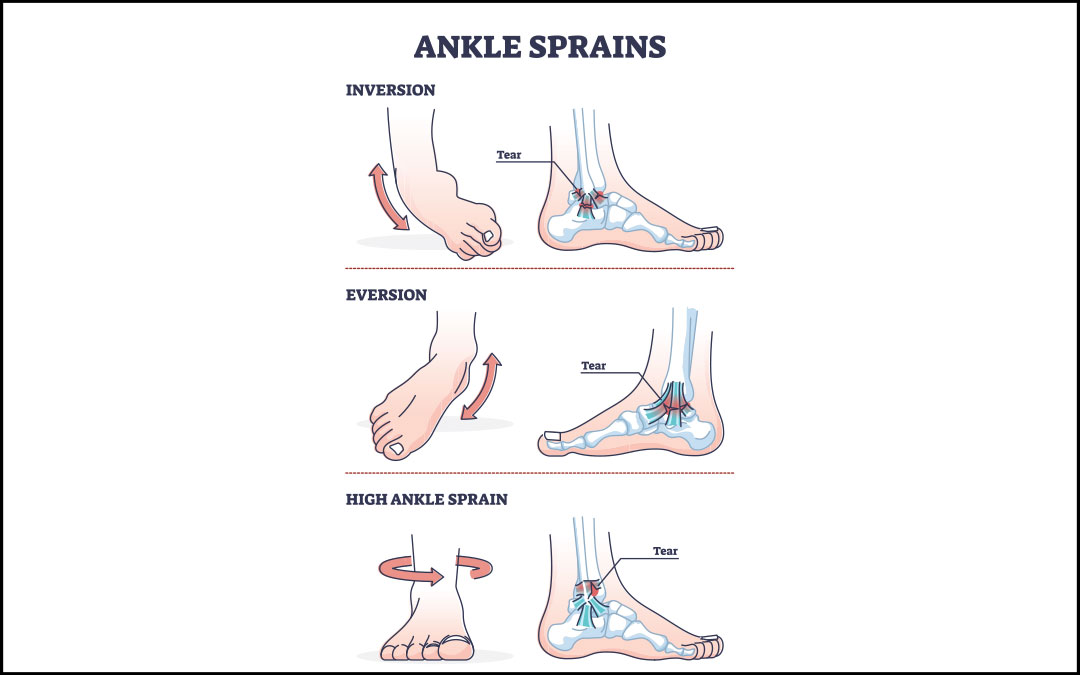Inversion Ankle Sprain
By: Samantha deCastro
Oh, the twisted ankle. I feel like most, if not all, the people in my life have felt this "tweak” in the ankle at least once. But what exactly happens with an ankle sprain? And how do we treat them?
Well firstly, let’s differentiate here. Today we are talking specifically about lateral ankle sprains. That’s the outside of your ankle. A sprain affects the ligaments, not muscle or tendons (those are strains). Usually these happen when there is a sudden twist of the ankle, most likely during a sport. Sometimes it can happen by stepping onto an uneven surface. Me personally, the right ankle has been sprained 3 different times. All because of soccer. And once you sprain it once, it gets easier and easier to do.
When you come in to see a chiropractor or a physiotherapist, they’ll ask you what happened. What were you doing when the injury occurred? Did you hear a pop? Was there any immediate swelling, redness or bruising? All of these can help us diagnose and grade the severity of the sprain.
Next, the exam. We will watch you walk to see if there is a limp. Then we take a look to see if any swelling, redness or bruising is visible. Very careful palpation comes next, looking for tenderness and then it’s gentle movement and muscle testing. Ruling out a fracture will also be part of the exam.
If everything points to a sprain, then the treatment begins. This includes PRICE (Protect, rest, ice, compression and elevation) and maybe crutches if it is severe. Lace-up braces are also commonly prescribed for short term care.
Massage, adjustments, laser, shockwave, therapeutic ultrasound, and acupuncture are all things that can be used for treatment, with a rehabilitation program being integrated as well.
Most patients resolve no problem from ankle sprains. Strengthening post injury is important, to try and support the ankle as much as possible and avoid it happening again.
